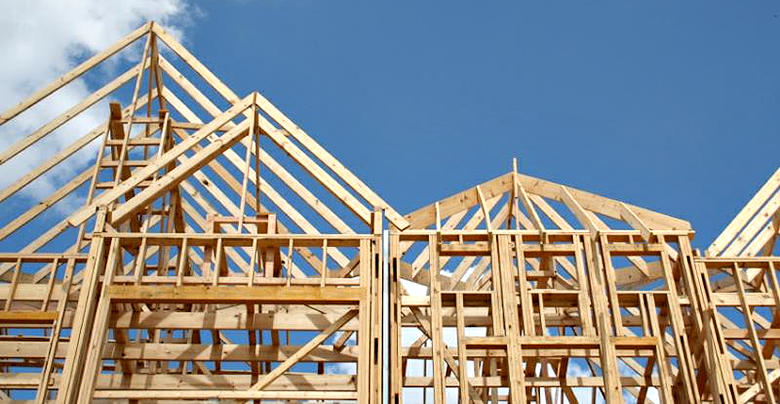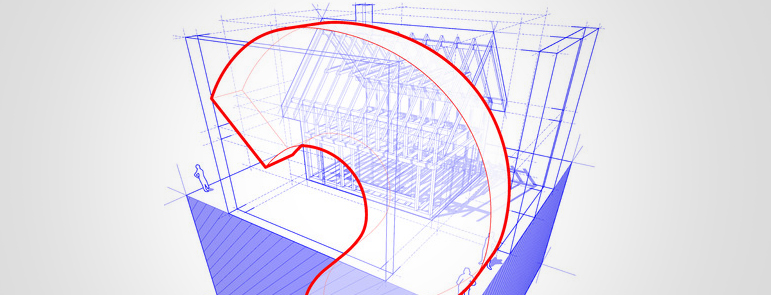House construction starts with giving your builder the right information…

New house build tips – building a sustainable home
What to ask your builder about building a sustainable home
No longer solely for the eco-warrior, sustainable building methods are becoming an integral part of home construction, with a strong focus on energy saving, passive heating and economic use of power and water.
Whether you want your home to be environmentally friendly, more energy efficient or a mixture of both innovations in design and modern construction materials have made sustainable building more accessible. The important thing is to start thinking about what you want to achieve from your new home build as early as possible. The sooner you can factor in your sustainable options, the easier they are to implement, without compromising the design aesthetics.
Below are the key areas of a house build where you can create a healthier, comfortable and more efficient home.
House layout
Site placement, orientation and floor plan layout should be chosen to maximise the sun for winter, yet help to keep house cool in summer.
Design and specifications
The positioning of windows and skylights and the choices of building materials you make can enhance the passive heating abilities of your home, allowing you to capture and hold heat from the sun and help maintain a steady ambient temperature.Ask your architect or designer about potential heat dump locations.
Landscaping
Location of trees, shrubbery and fencing can be used both for blocking out sun and protecting you from chilly winds. Attention to the choices of sealed or permeable surfaces and water retention and drainage can offset potential damp zones surrounding your home.
Heating, cooling and ventilation
It is important to strike the right balance between active and passive heating and ventilation methods for a healthier home that is cheaper and easier to heat in the winter and keep cool in the summer.
Plumbing and electrical
Being eco-friendly can also save you money. Be sure to specify plumbing and electrical components that promote sustainability and reduce your power and water consumption. These range from rainwater collection and grey water management, to solar hot water and power systems and energy efficient lighting.
Joinery and glazing to enhance natural energy
The thermal performance of windows and glazed doors is determined by the type of glass used, the framing material, and the unit’s construction. Timber and uPVC frames will provide better thermal insulation than ordinary aluminium frames. There are a number of insulating glass product options like double and triple glazing, either dry air or argon gas filled, to improve the thermal envelope of your home.
If you would like to explore how to make your new house a sustainable home, we are happy to talk to you about your ideas in detail. Contact us to set up an appointment

